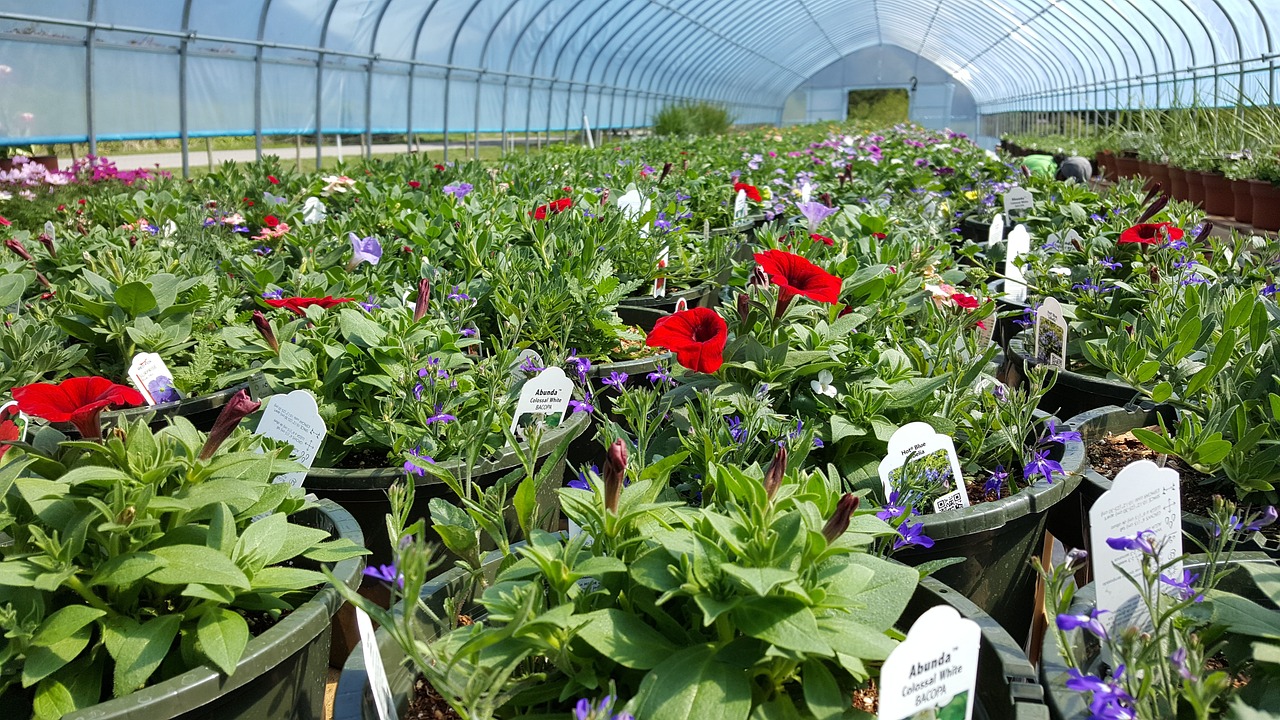Copy to clipboardPaste at edi
Choosing the right plants for your garden can be a game-changer when it comes to maintenance, sustainability, and the overall health of your local ecosystem. Climate-appropriate plants, often native species, are those best suited to the local environment and weather patterns. These plants require less water, fewer pesticides, and minimal care compared to non-native and exotic species. In this article, we’ll delve into the process of selecting climate-appropriate plants for your garden and why they matter.
Understanding the Local Climate
Before selecting plants, it’s essential to understand your local climate. Factors such as temperature range, rainfall, humidity, and season length play a significant role in what will thrive in your garden.
Know Your Hardiness Zone
The USDA Plant Hardiness Zone Map is a valuable resource for gardeners. It divides North America into zones based on the average annual minimum winter temperature. By knowing your zone, you can select plants that are likely to survive the winter in your area.
Observe Local Weather Patterns
Take note of local weather patterns, including rainfall distribution throughout the year and temperature fluctuations. These observations can inform your choices and help you select plants that are naturally equipped to handle local conditions.
The Benefits of Native Species

Native plants have evolved to thrive in specific regions and bring several benefits to your garden.
Easier Maintenance
Native species are well-adapted to local soil and climate conditions, meaning they generally require less watering, fertilizing, and pruning than non-native species.
Support Local Wildlife
Native plants provide food and habitat for local wildlife, including birds, bees, butterflies, and other beneficial insects. This can help maintain biodiversity and a balanced ecosystem in your garden.
Disease and Pest Resistance
Since native plants are adapted to local pests and diseases, they often require fewer pesticides, reducing the amount of chemicals released into the environment.
Selecting the Right Plants
When it comes to choosing climate-appropriate plants, it’s not just about picking native species. It’s also about considering the specific conditions of your garden.
Assess Your Garden’s Microclimate
Your garden may have microclimates—small areas that differ in light, moisture, and wind exposure. Understanding these can help you place plants where they will thrive.
Soil Conditions
Soil type can vary greatly within a region. Have your soil tested to understand its pH and nutrient levels, which will influence plant health and growth.
Water Availability
Consider the natural water availability in your area. If you live in a drought-prone region, opt for drought-tolerant plants that require minimal supplemental watering.
Sustainable Gardening Practices
Sustainable gardening involves more than just plant selection. It also includes how you care for your plants and your garden’s overall impact on the environment.
Water Conservation
Use water-wise gardening techniques such as drip irrigation, mulching, and rain barrels to conserve water. These practices not only save water but also help your plants become more resilient.
Avoiding Invasive Species
Be cautious about introducing plants that can become invasive, even if they are marketed as hardy or low-maintenance. Invasive species can outcompete native plants and disrupt local ecosystems.
Encouraging Pollinators
Select a variety of plants that flower at different times to provide a continuous food source for pollinators. Pollinator-friendly gardens support healthy ecosystems and improve plant reproduction.
Where to Find Climate-Appropriate Plants
Knowing where to find the right plants is crucial. Here are some places you can look:
Local Nurseries and Garden Centers
Many nurseries and garden centers carry a selection of native plants. Ask staff for recommendations on climate-appropriate species for your garden.
Plant Sales and Swaps
Local gardening clubs, societies, and community groups often hold plant sales or swaps where you can find native plants and get advice from experienced gardeners.
Online Resources
Websites and online databases can offer a wealth of information on native plant species, their requirements, and where to purchase them.
Examples of Climate-Appropriate Plants
To get you started, here are a few examples of climate-appropriate plants for different regions:
For Arid Climates
- Agave: These succulents are not only striking but also extremely drought-tolerant.
- Penstemon: With its colorful blooms, Penstemon attracts pollinators and can handle dry conditions.
For Temperate Climates
- Ferns: Many native ferns thrive in the shade and moist conditions commonly found in temperate climates.
- Dogwood trees: These trees offer beautiful flowers and are well-suited to the moderate conditions.
For Tropical Climates
- Heliconia: Known for their bright flowers, Heliconia species are ideal for warm, humid environments.
- Orchids: While some are more delicate, many orchid species are well-suited to tropical climates and can be grown outdoors.
Final Thoughts on Climate-Appropriate Gardening

Selecting climate-appropriate plants is a smart and sustainable approach to gardening. By understanding your local climate and conditions, choosing native and well-adapted species, and practicing sustainable gardening techniques, you can create a thriving garden that’s in harmony with the environment.
Not only will this approach save you time and resources, but it will also contribute to a healthier ecosystem right in your backyard. Remember, every plant choice you make can have a positive impact on the local wildlife, water conservation, and the overall sustainability of your garden. Start exploring climate-appropriate plants today, and watch your garden flourish naturally.
tor cursor





